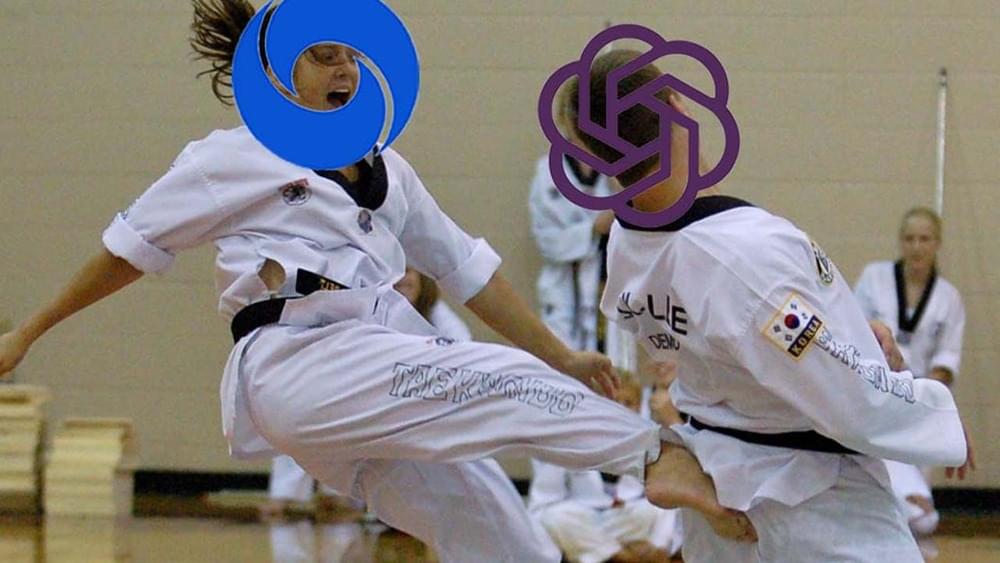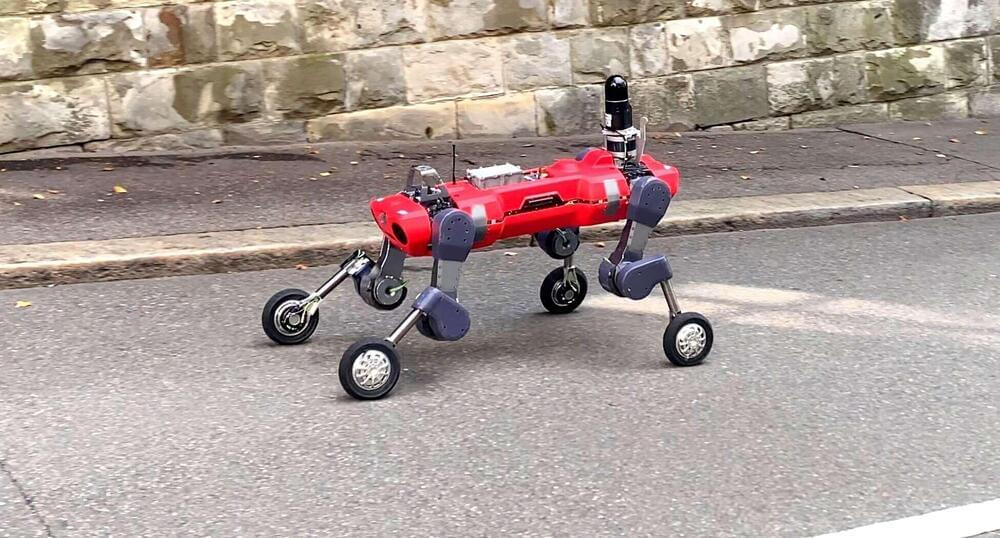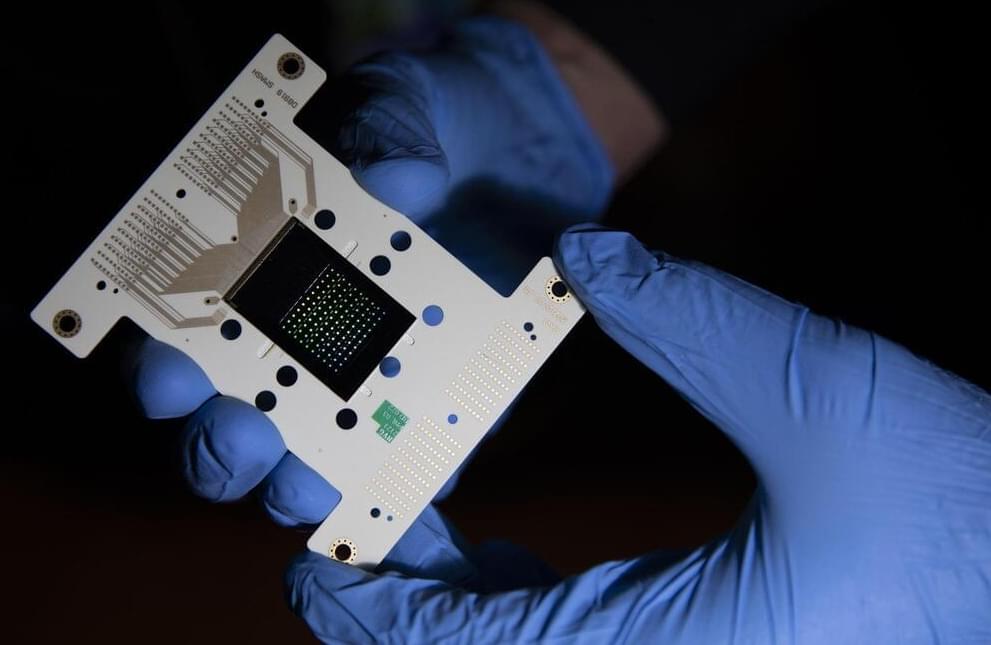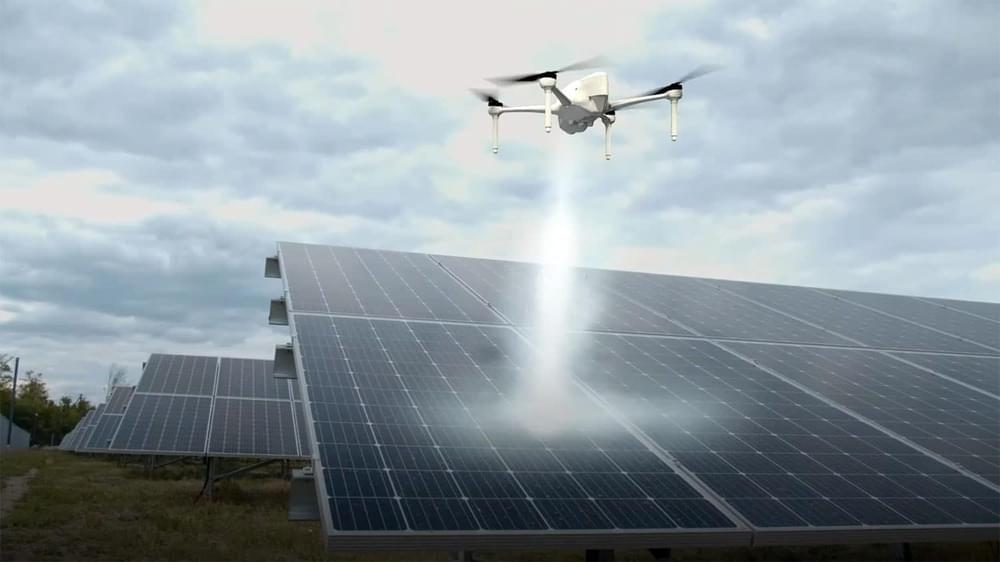Nearly 1 in 5 people with hypertension may be unintentionally taking a drug for another condition that causes their blood pressure to climb even higher, a new study suggests.
Left untreated or undertreated, high blood pressure will increase your risk for heart attack, stroke, kidney disease and vision problems by damaging blood vessels. Lifestyle changes such as weight loss, restricting salt intake, and/or medication can help move your blood pressure numbers back into the normal range. But asking your doctor whether any drugs you are taking for other conditions might be pushing those numbers up is worth the effort, the researchers said.
“The risk of [drugs] raising blood pressure may be simply overlooked, particularly for patients using these additional medications for many years,” said study author Dr. Timothy Anderson. He is a clinician investigator and an assistant professor of medicine at Harvard Medical School in Boston.









